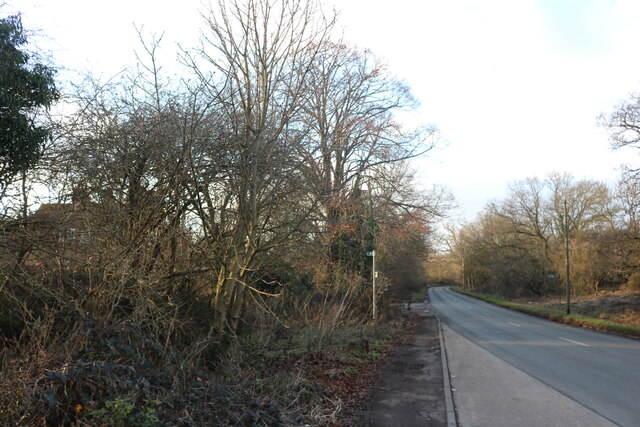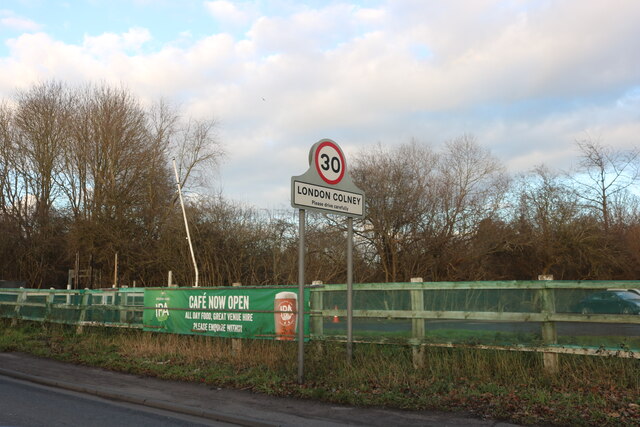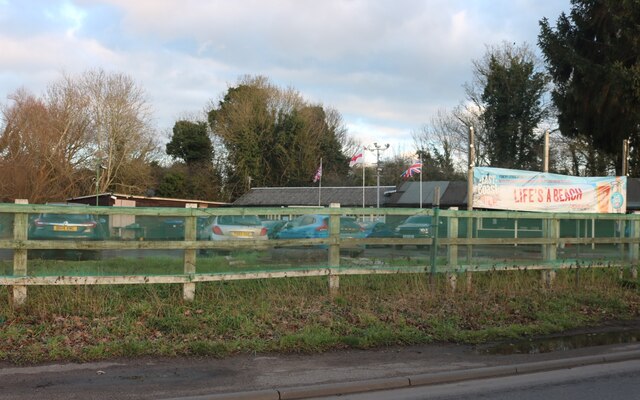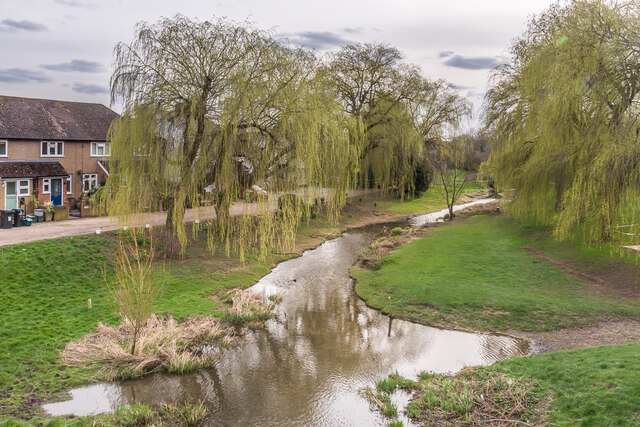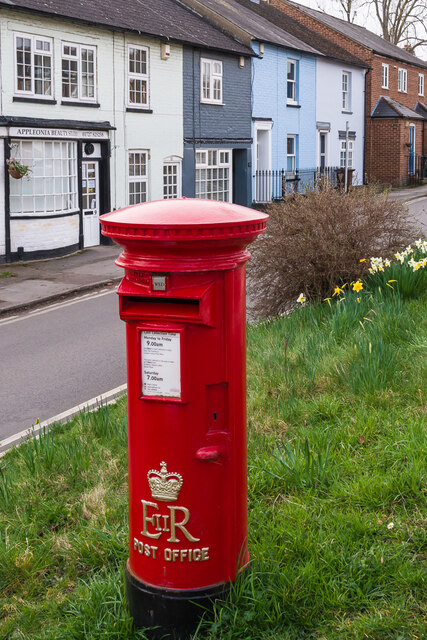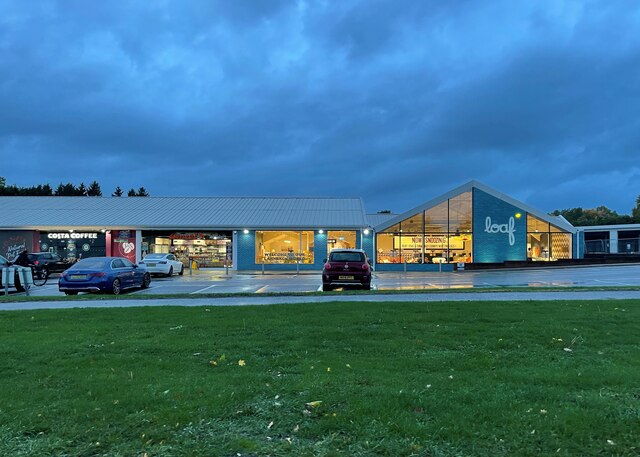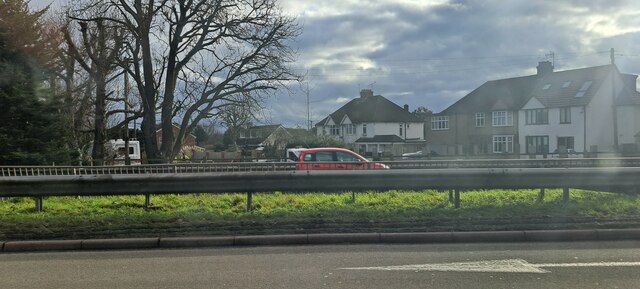Colney, Broad
Settlement in Hertfordshire St. Albans
England
Colney, Broad
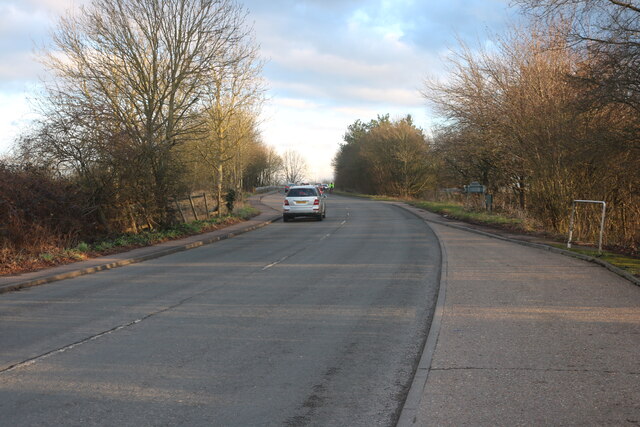
Colney, Broad is a small village located in the county of Hertfordshire, England. Nestled in the southern part of the county, Colney, Broad is surrounded by picturesque countryside and offers a tranquil setting for its residents. Situated just three miles south of St Albans, it benefits from close proximity to the amenities and services of a larger town, while still maintaining its rural charm.
The village is characterized by its traditional architecture, with charming cottages and historic buildings dotting the landscape. The centerpiece of Colney, Broad is the beautiful St. Mark's Church, a Grade II listed building that dates back to the 12th century. The church is known for its stunning stained glass windows and intricate stonework.
Nature lovers will appreciate the abundance of green spaces and walking trails in the area. The nearby Colney Heath and Tyttenhanger Common Nature Reserve provide opportunities for outdoor activities such as hiking, birdwatching, and picnicking. The River Colne also runs through the village, offering scenic views and opportunities for fishing.
Colney, Broad is a close-knit community, with a friendly and welcoming atmosphere. The village has a primary school, providing education for the local children, and a village hall that serves as a hub for community events and gatherings. There are also a few local shops and pubs that cater to the needs and social activities of the residents.
Overall, Colney, Broad offers a peaceful and idyllic setting for those seeking a quieter lifestyle, while still enjoying the convenience of nearby towns and amenities.
If you have any feedback on the listing, please let us know in the comments section below.
Colney, Broad Images
Images are sourced within 2km of 51.714868/-0.29966888 or Grid Reference TL1703. Thanks to Geograph Open Source API. All images are credited.
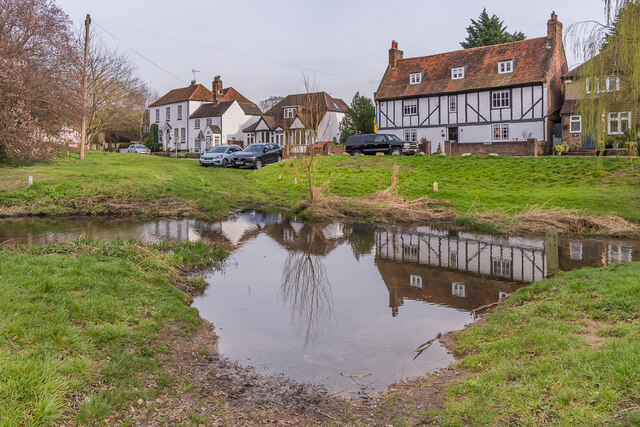
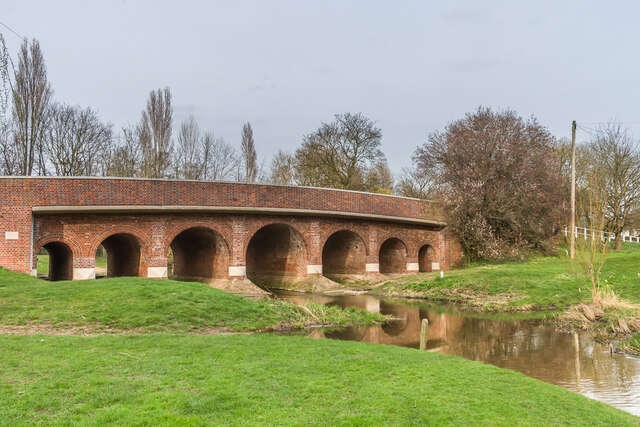
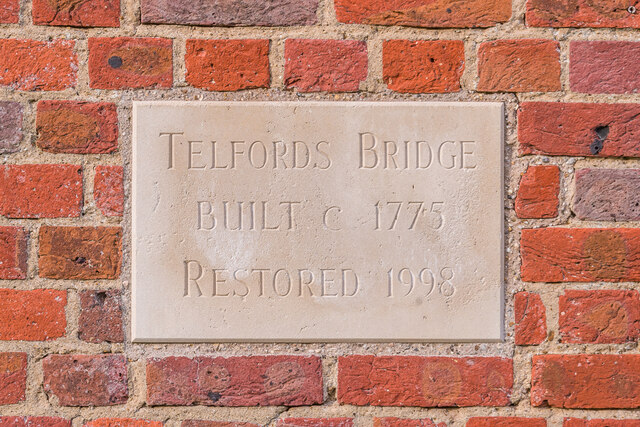
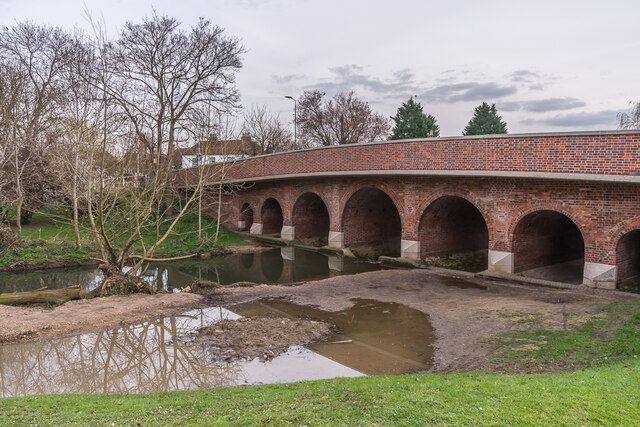
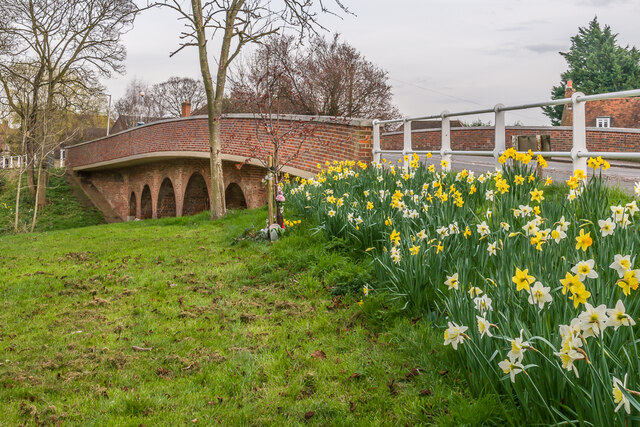
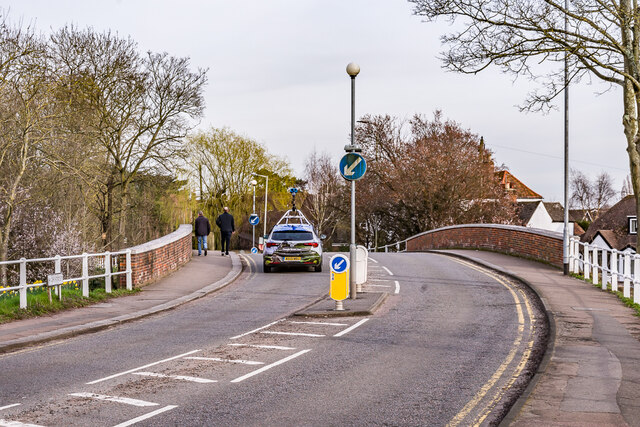
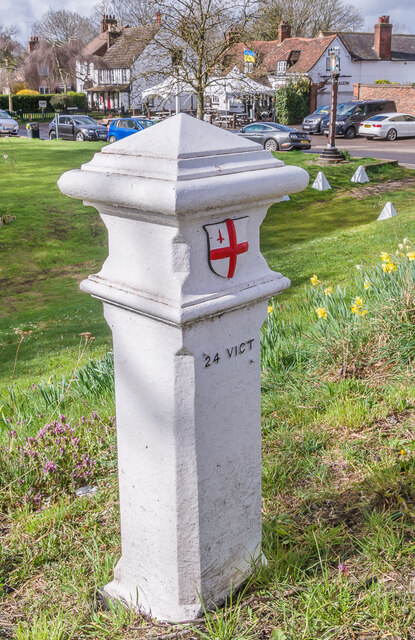
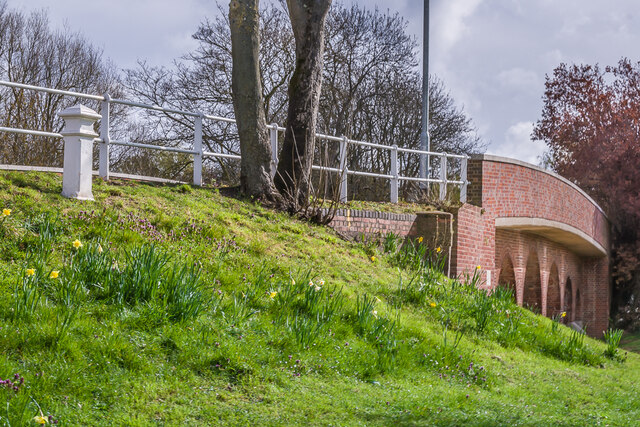
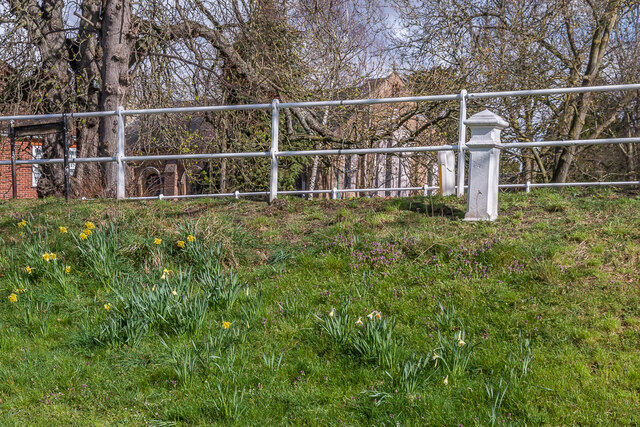
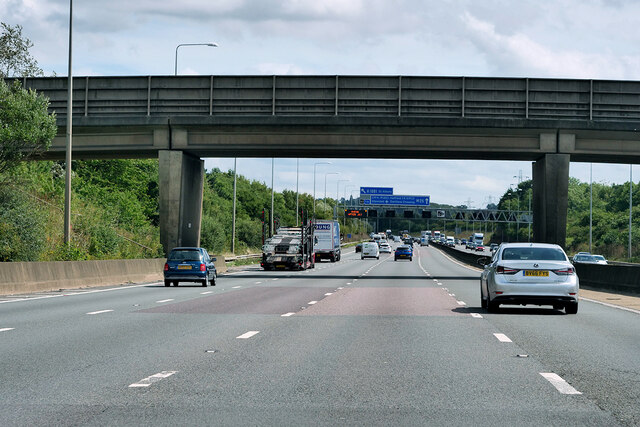
Colney, Broad is located at Grid Ref: TL1703 (Lat: 51.714868, Lng: -0.29966888)
Administrative County: Hertfordshire
District: St. Albans
Police Authority: Hertfordshire
What 3 Words
///spirit.boom.hiking. Near Shenley, Hertfordshire
Nearby Locations
Related Wikis
Fir and Pond Woods
Fir and Pond Woods is a 29 hectare nature reserve in Potters Bar in Hertfordshire. It is managed by the Herts and Middlesex Wildlife Trust. It is two separate...
Broad Colney Lakes
Broad Colney Lakes is an 11 hectare nature reserve previously managed by Herts and Middlesex Wildlife Trust in London Colney in Hertfordshire. It has recently...
All Saints Pastoral Centre
All Saints Pastoral Centre is a complex of buildings at London Colney on the southern outskirts of St Albans, Hertfordshire, England. It was built as a...
Arsenal Training Centre
The Arsenal Training Centre, branded as the Sobha Realty Training Centre for sponsorship reasons, and often referred to as its geographical location London...
Nearby Amenities
Located within 500m of 51.714868,-0.29966888Have you been to Colney, Broad?
Leave your review of Colney, Broad below (or comments, questions and feedback).
